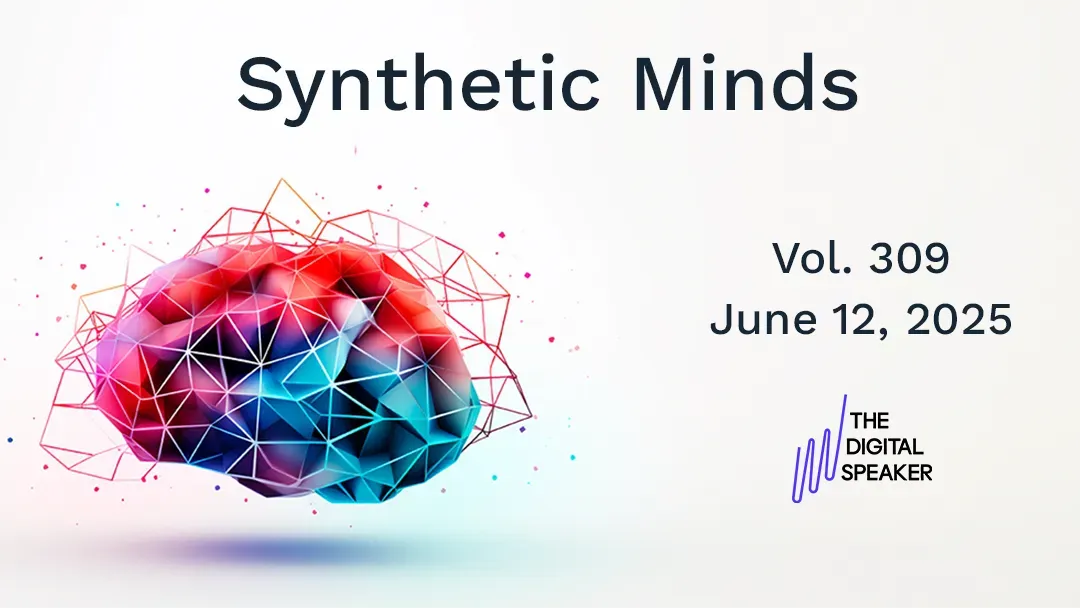The f(x) = e^x | The Tech Journal EP05: AI Journalism

Good Day! This is my weekly newsletter, with a dose of insights into the future. The topic of this newsletter is the exponential times we live in, hence the title of f(x) = e^x, which is the (natural) exponential function.
Recently, I launched my new concept The Digital Speaker and you can now book me as an avatar or hologram. Also, my tech trend prediction for 2021 is out, read it here!
The Digital Speaker series: The Tech Journal - EP05 - AI Journalism

My latest episode:
The 5th episode of The Tech Journal is out now. Today I’m going to be looking at AI and Journalism, the possibilities, limitations, and what outcomes we can expect. AI journalists are increasingly ‘employed’ by publishers and organisations.
The good news for human journalists is that there’s still very much a need for their services when writing articles. But with machines now capable of doing more tasks than ever (and more complex ones), we face several important questions: what’s the role of AI in journalism, and what are the challenges and considerations when bringing AI into the newsroom?
So, get comfortable, sit back, and let us start speaking digital. You can watch it on YouTube, Vimeo, listen to it on Anchor.fm or read it on my website.
Three Useful Nuggets of Information
My weekly tips from around the web to get you thinking.
1. How light can speed up machine learning.
Machine learning can take a lot of time, but a quantum trick could massively speed things up for tasks involving particles of light called photons. (New Scientist)
2. Amazon wants to gamify warehouse work.
Amazon's warehouses are known for their efficiency, and employee surveillance, but using gamification they now aim to squeeze out every last drop of productivity from its workers. (The Information $)
3. Robots take not only jobs but also increase the pay gap.
When industries replace workers with robots, wages rise for all on average due to productivity gains, but the difference in pay for men and women widens. (New Scientist)




